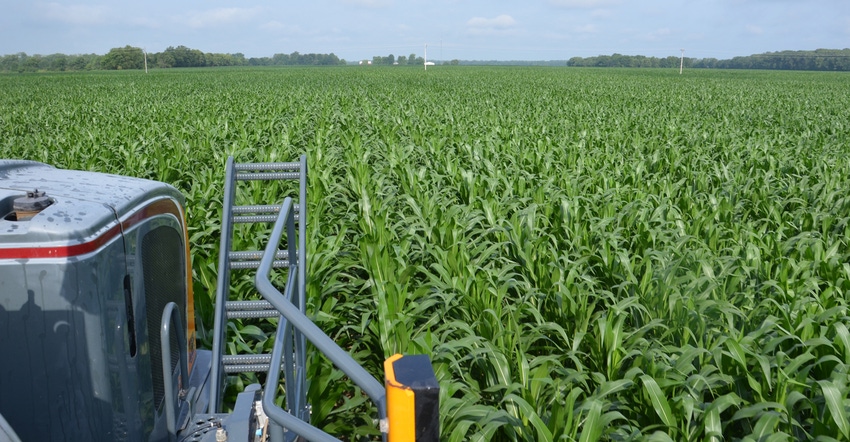
The picture for potential crop income and profits took a sharp turn downward after most budgets were set for 2020. Cash rents were already locked in — some people had already made full or partial payments for 2020. “Things looked much different by the first of April than they did even in February, when I was discussing crop outlooks at outlook meetings,” says Michael Langemeier, Purdue University Extension agricultural economist and associate director of Purdue’s Center for Commercial Agriculture.
Jim Mintert, also a Purdue ag economist and director of the center, notes that the COVID-19 crisis contributed to crop prices slipping, changing the outlook — but it’s not the only reason. “Exports for corn were down even before the COVID-19 shutdown began, and low oil prices wreaked havoc on ethanol demand,” he explains.
Both ag economists believe some of these factors, including ethanol demand and the export picture, won’t clear up quickly, even if the COVID-19 crisis softens.
“The profit picture didn’t look good for 2020 even in February, and it certainly doesn’t look good now,” Langemeier says. “I’m looking for pressure on cash rents for 2021. It’s too late to impact rents for 2020, but I’m projecting cash rents could average 5% lower for 2021.”
Land prices
Langemeier runs calculations using a case farm in west-central Indiana that represents a typical Indiana farm with decent-quality land. He recently ran a budget for this farm, projecting return to land after all direct expenses. In addition, an ownership cost for machinery and an opportunity cost for labor were subtracted from estimated revenue. He assumes that the farm follows a 50-50 rotation of corn and soybeans.
“A recent run indicated return to land of only $130 per acre for 2020,” Langemeier says. “That’s a significant drop from 2019, and well below an average return.”
In fact, over the past 20 years, counting both up and down years, land returns have averaged about $200 per acre. Right now, his case farm is $70 short of making average in 2020.
“Cash rent based on our latest information for a farm with this quality of land averages $240 per acre,” he says. “If my projections play out, and return to land is significantly below average, we believe that will put a lot of pressure on cash rents for 2021. Negotiations sometimes begin in early summer, and I would expect the changing profit-and-loss picture to be reflected in ’21 cash rents.”
Land prices are a different story, however, Mintert notes. He sees two primary reasons why land prices may hold steady or dip only slightly, if they dip at all, heading into next year.
“First, interest rates are low, and could go even lower,” he says. “Lower long-term mortgage interest rates would tend to favor stable land prices.
“Second, the supply of land on the market was already thin and is likely to get a lot thinner. We wouldn’t anticipate many people putting land up for sale unless they absolutely had to during these tough financial times. As a result, you may not see much movement in land prices, even though returns to land could be way down.”
Read more about:
Covid 19About the Author(s)
You May Also Like




